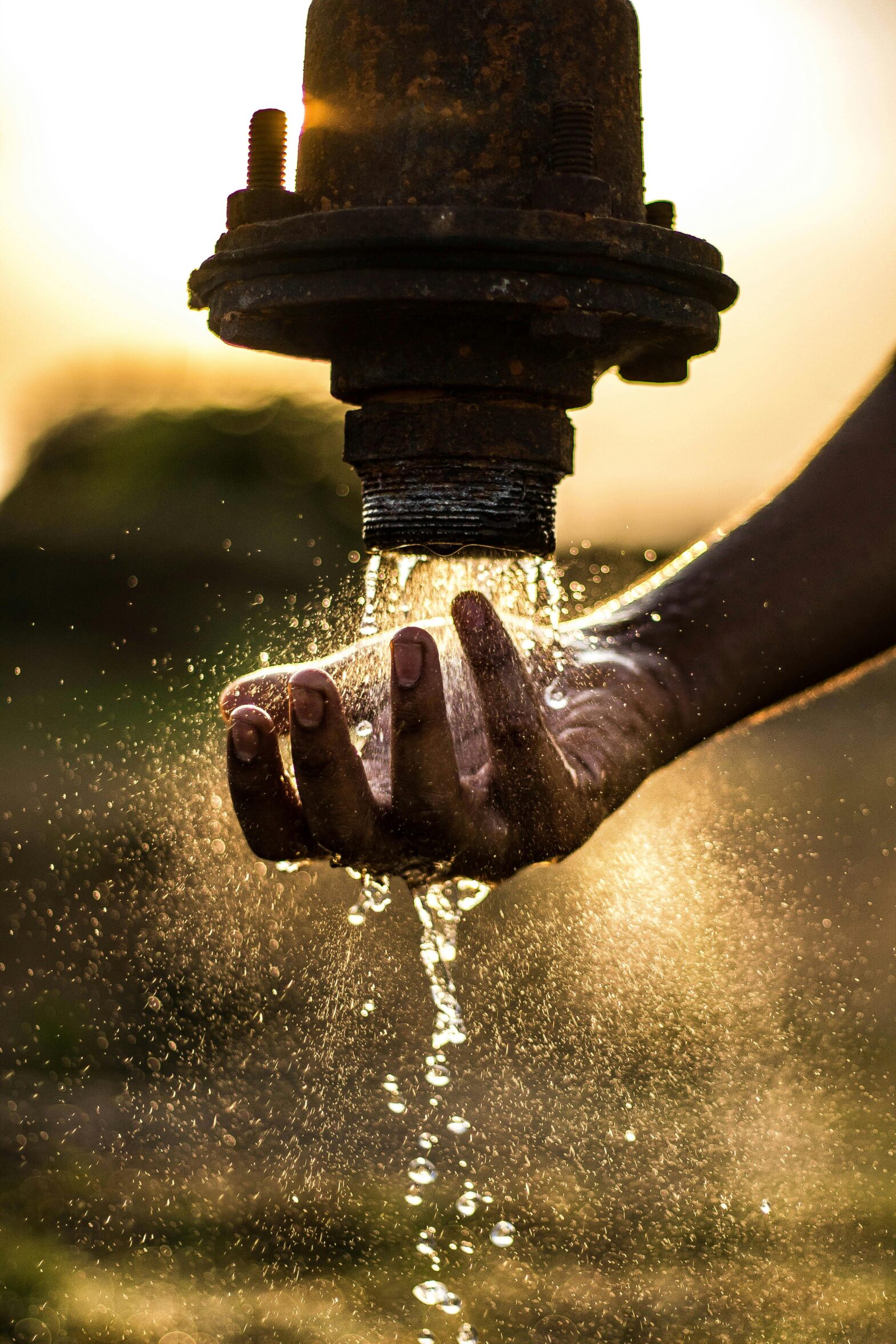In modern infrastructure, vertical pipes play a vital role in maintaining water flow, drainage, and other essential systems in multi-story buildings. As they age, these pipes often suffer from corrosion, leaks, and structural weakening, necessitating timely restoration to prevent costly damages. Fortunately, vertical pipe restoration offers an efficient and minimally invasive solution to revitalize these systems without extensive downtime or disruption. Learn more about this transformative approach and why it’s gaining popularity.
The Challenge of Aging Vertical Pipes
Vertical pipes, typically found in high-rises, commercial facilities, and industrial buildings, face unique stressors due to gravity, pressure fluctuations, and continuous exposure to water. Over time, materials like cast iron, steel, or PVC deteriorate, leading to cracks, leaks, or blockages. These issues can result in water damage, reduced efficiency, and increased operational costs if left unaddressed.
Traditional pipe replacement methods often involve disruptive demolition, extensive labor, and significant expenses. However, vertical pipe restoration eliminates these challenges by using trenchless technologies to repair and reinforce pipes without removing walls or ceilings.
How Vertical Pipe Restoration Works
Vertical pipe restoration leverages cured-in-place pipe (CIPP) technology to create a seamless, durable lining within the existing pipe structure. Here’s an overview of the process:
- Inspection: Technicians use video cameras to assess the condition of the pipe and pinpoint areas needing repair.
- Preparation: The pipe is cleaned thoroughly to remove debris, corrosion, or buildup that could affect the repair.
- Lining Installation: A resin-saturated liner is inserted into the pipe and positioned precisely using advanced technology.
- Curing: The liner is cured in place using heat or UV light, hardening into a sturdy, pipe-like structure.
- Final Inspection: A second video inspection ensures the restoration is complete and meets structural standards.
This approach reinforces the existing pipe, extends its lifespan, and restores functionality without altering the pipe’s diameter or flow capacity.
Benefits of Vertical Pipe Restoration
Vertical pipe restoration offers numerous advantages over traditional repair methods:
- Minimal Disruption: Since no demolition is required, the process causes minimal interference to tenants and operations.
- Cost-Effective: By eliminating the need for labor-intensive excavation and reconstruction, restoration reduces overall expenses.
- Environmentally Friendly: The method preserves the existing structure, reducing waste and material usage.
- Durable and Long-Lasting: Restored pipes can last 50 years or more, offering long-term reliability.
- Versatile Application: This technique works on various pipe materials and diameters, making it suitable for most vertical systems.
Trust the Experts for Vertical Pipe Restoration
Choosing vertical pipe restoration ensures your building’s infrastructure remains efficient, reliable, and free of costly disruptions. The advanced CIPP technology guarantees quick repairs with long-lasting results, making it an ideal solution for modern-day challenges.
When you’re ready to restore your vertical pipes and minimize downtime, contact us today to explore how this innovative solution can work for you.
